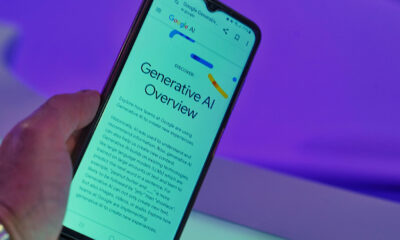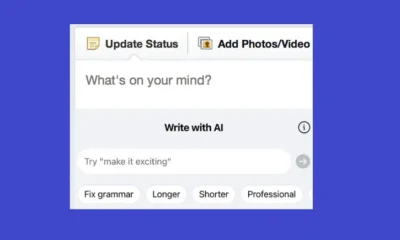MarTech’s daily brief features daily insights, news, tips, and essential bits of wisdom for today’s digital marketer. If you would like to read this before the rest of the internet does, sign up here to get it delivered to your inbox daily.
Good morning, Marketers, are you blockchain-literate?
“My mind had been marinating overnight — and for more than a year, really — in the abstrusities of cryptocurrencies and the blockchain technology on which they are built… Some of this stuff I understood; much of it I still did not.” Nick Paumgarten writing in The New Yorker in 2018. I think a lot of us know how he feels.
But blockchain and cryptocurrency aren’t new any more. They emerged together in 2008. Non-fungible tokens are a more recent development, as is Web3, the concept of a blockchain-based decentralized internet (which may or may not be linked to the metaverse). So it’s incumbent on us, I think, to understand these ideas as well as we can, if not at the level of the math and coding.
Even the U.S. government is now trying to understand cryptocurrency — ambitious, perhaps, when politicians so frequently demonstrate a feeble grasp of data privacy and the workings of social media. I guess blockchain and crypto are finally mainstream enough to be regulated.
Kim Davis
Editorial Director
Shorts
The outer limits. Slim Jim, the snack brand, is apparently creating “a meataverse,” a virtual market that will offer virtual foods, presumably to satisfy virtual appetites. Commented musician Loz Kaye, “Surely a PETAverse will follow.”
Get the daily newsletter digital marketers rely on.





















You must be logged in to post a comment Login